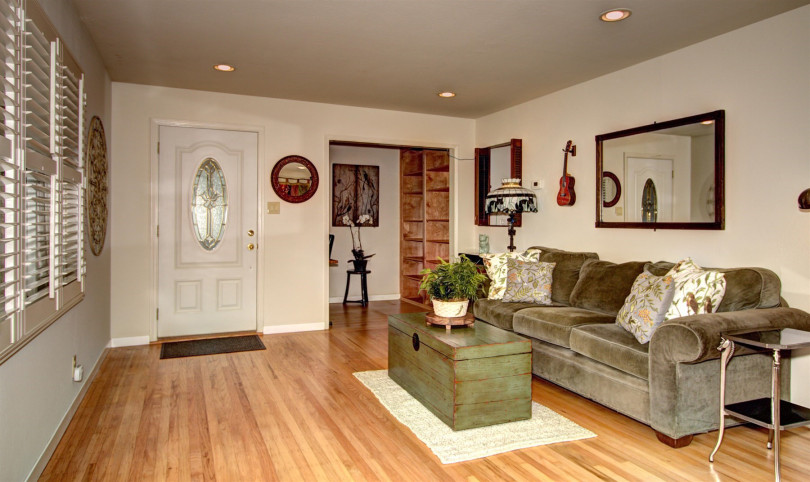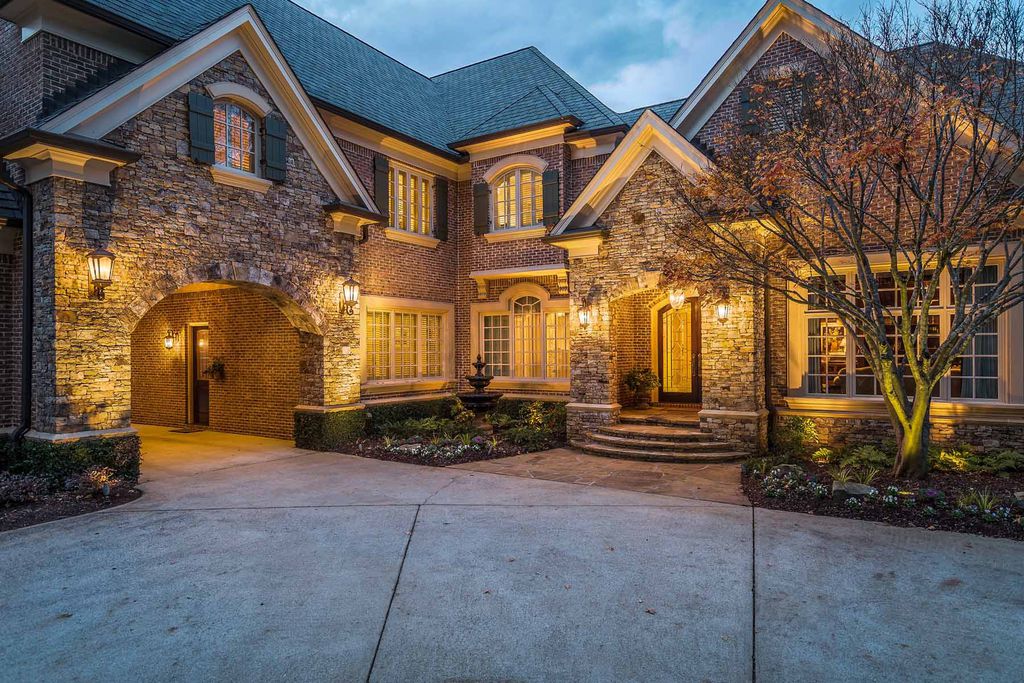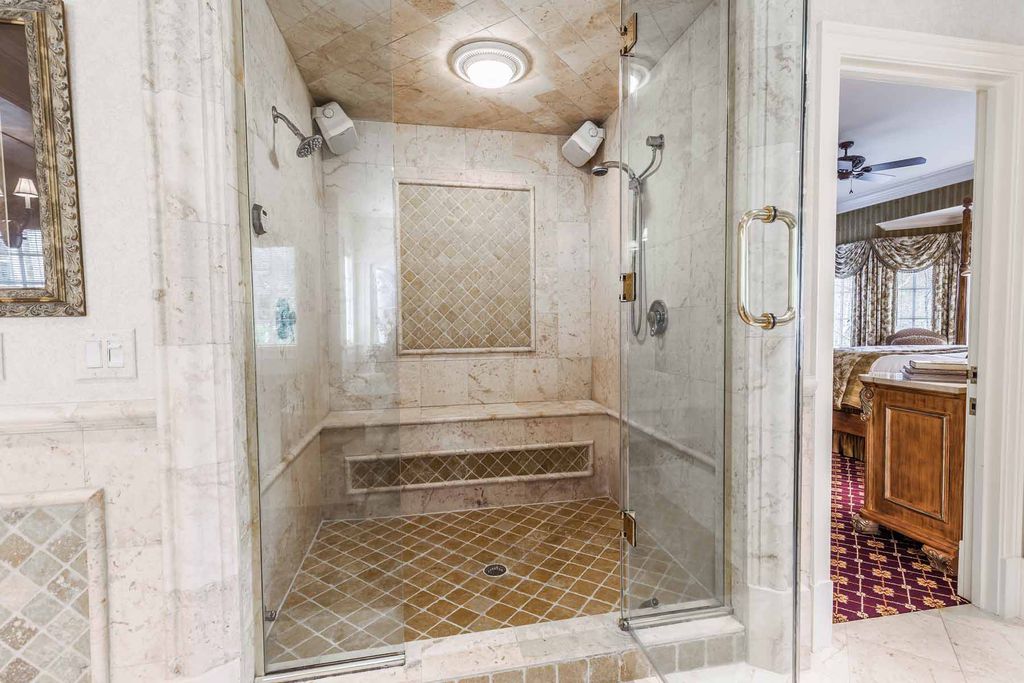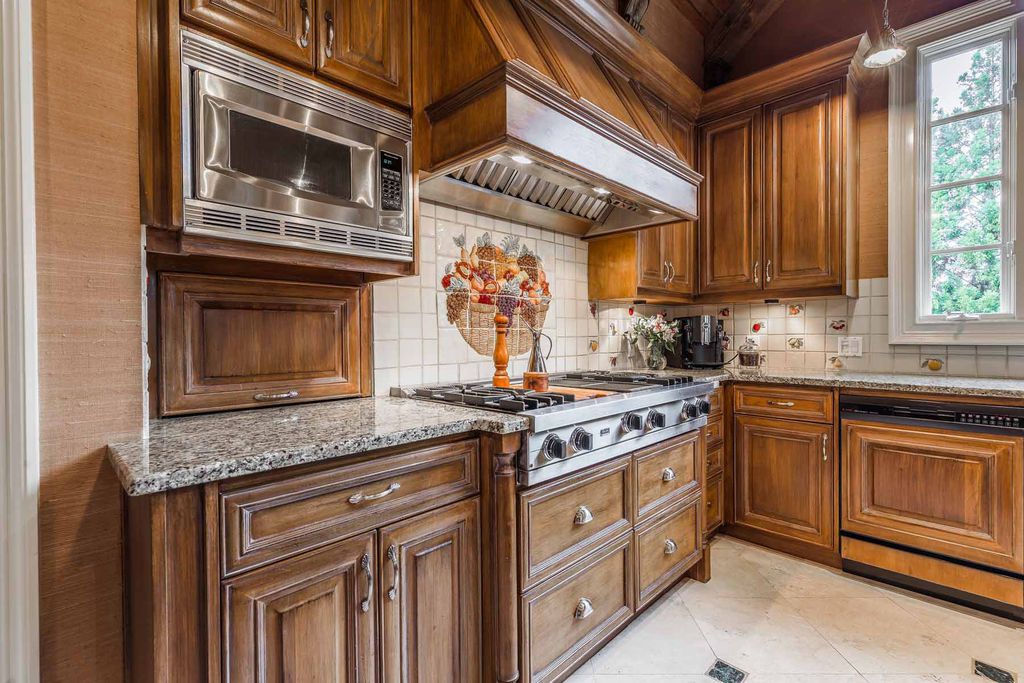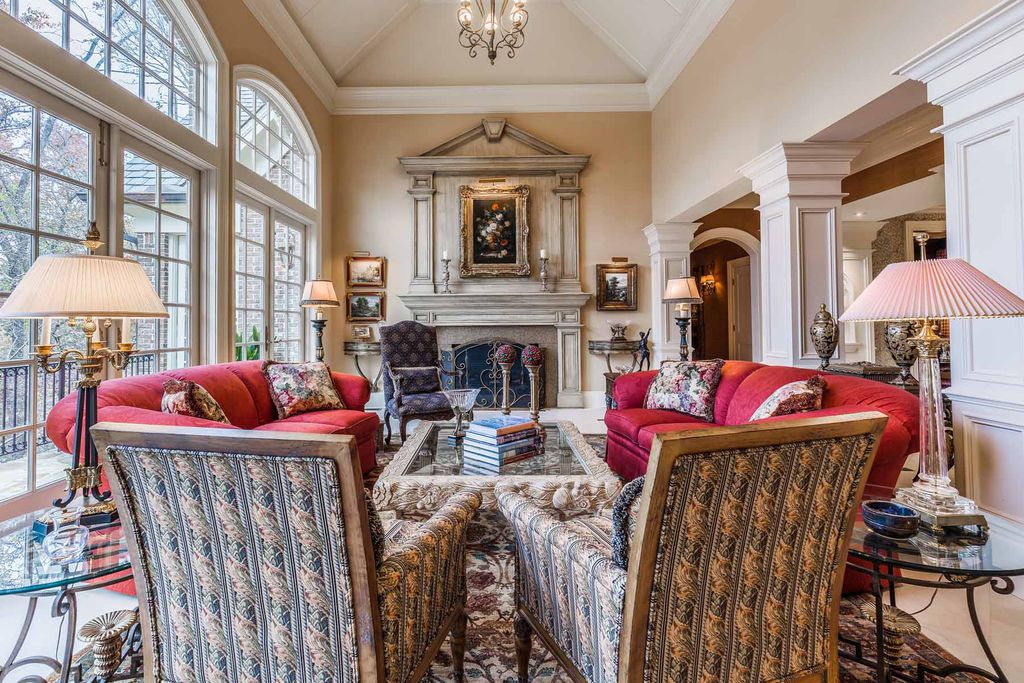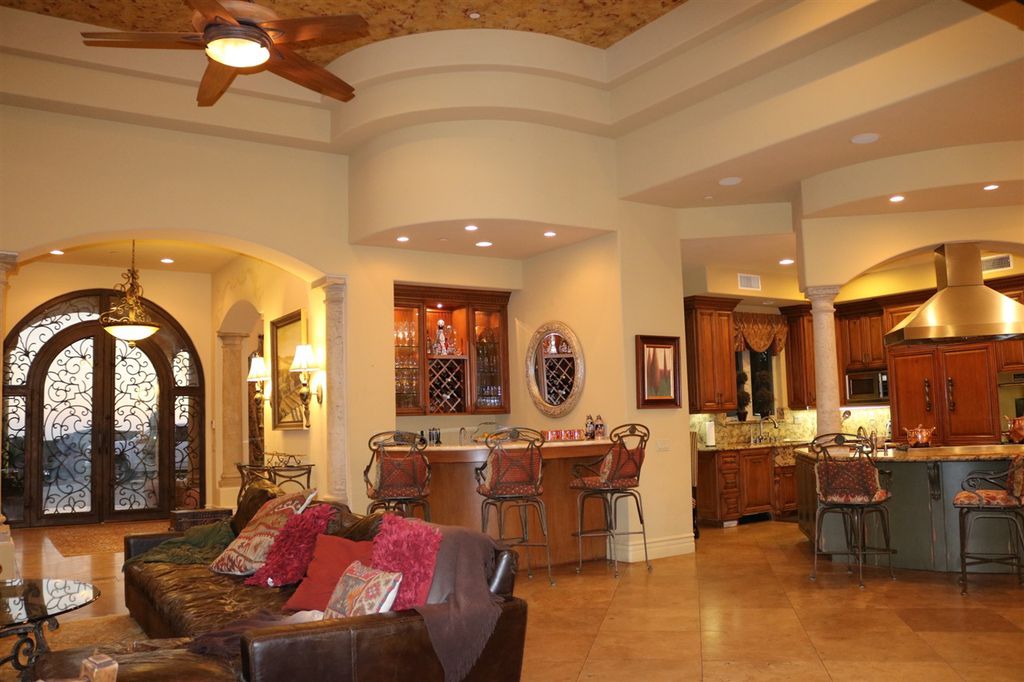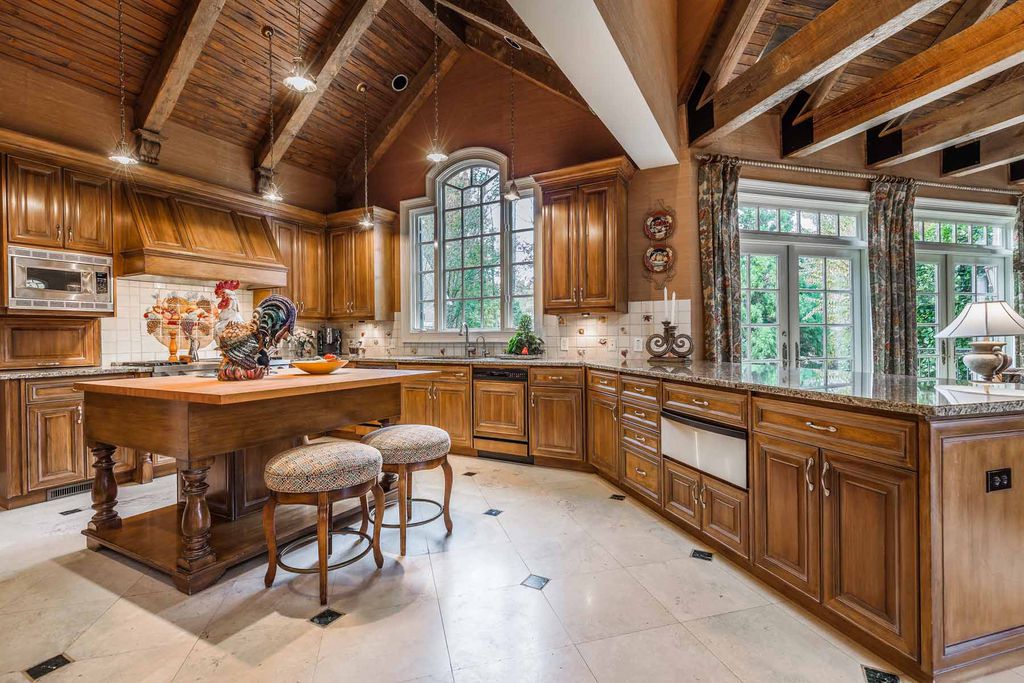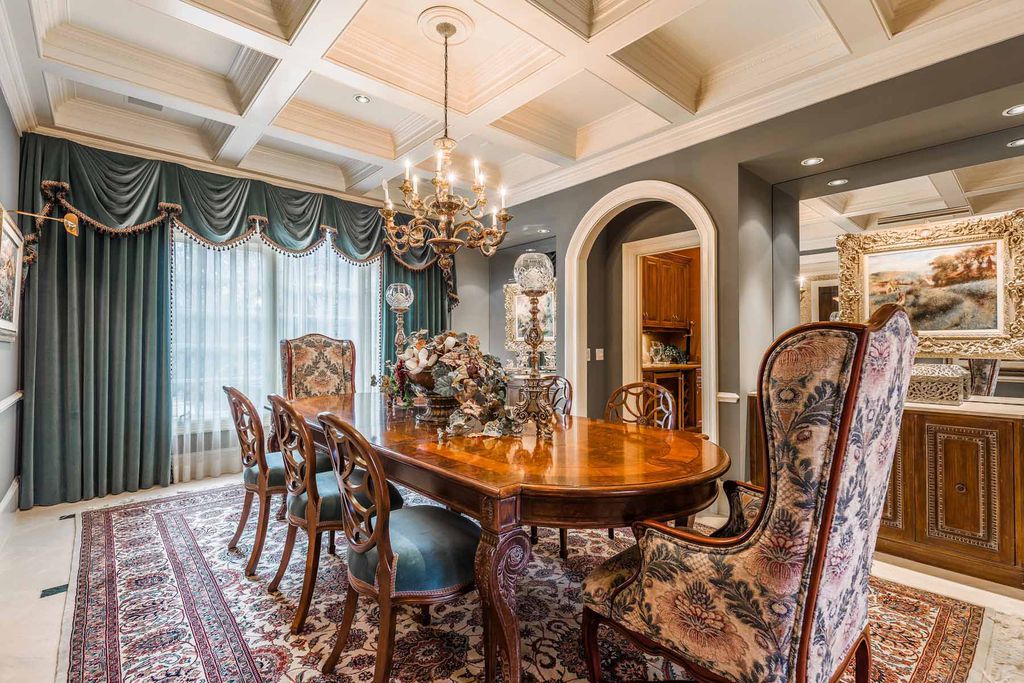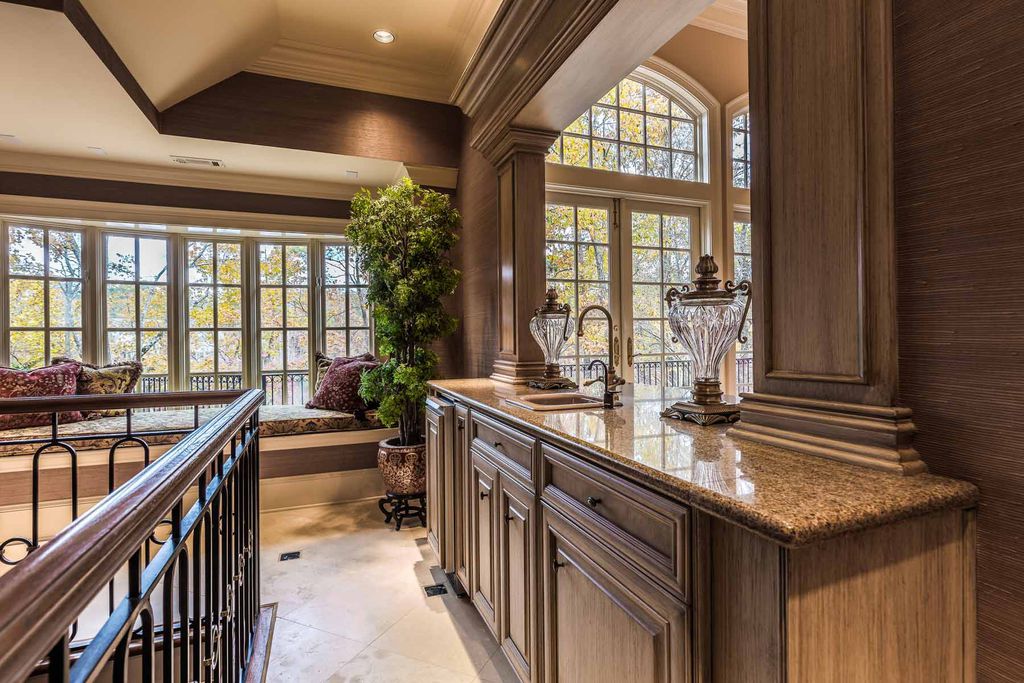Well, that certainly is a spectacular gain, almost as spectacularly good as the Sunnyvale home is spectacularly bad. And it is an excellent example to illustrate that the most powerful way to make capital gains in income properties is through rent raises and the multiplying power of low cap rates for the seller. I wonder what you contribute your success too; a change in market rents, or identifying under market rents in the parks before purchase? I always like success stories, even when they are not mine. Why don’t you sell your Oregon park and buy more in SD?
When I was last looking at California parks, about all I could find was parks out on the Salton Sea, Ridgecrest or in the middle of nowhere south of Reading. And all over priced.
I also made huge gains in California real estate, not in MHPs, but with apartment buildings before I pulled out and the market tanked. It’s a big state and I am sure there are lots people making it today but I believe it is not as fertile as it once was. And it has become all but a one party state and that party is going hard left. There is a serious move to remove Prop. 13 protection from commercial properties so as to better raid landlord’s pockets and my landlord friends here in Fresno tell me horror stories about a program that requires a city inspection every time there is a vacancy for any code violation even though there is not enough inspectors to do regular building permit inspections. Yikes.
The farther up the dollar ladder you go the more of an evening out of gap in regional differences in homes – throwing out such insanely overpriced markets such as Sunnyvale and ignoring that some markets top out far below other markets. Up to about the $1M there are huge regional difference in what a $1 will buy in housing. Go up to $2.5M and the differences are not a great, but still there. When you get to $3M, $4M and above and generally you can get an amazing home just about anywhere. Were price no object I pick would Pebble Beach or Hope Ranch in Santa Barbra. California has the weather and views that can’t be beat.
Let’s take a look at that house you found:
Sure, it has a great view and great SD weather, big deals in themselves that have the GA home beat on those levels, but look at the house itself – first, with 5072 sq ft, it is only half the house of the Roswell, GA home with its 10,367 sq ft. But it is not just twice as large but the finish in the GA home outstrips the SD home.
Let me show you what I mean; compare the bars in both homes:
The CA home bar is OK. But the GA bar is so much more high end. Both have a lowered curve ceiling. But look at the finished carpentry in the GA home vs the CA home where the builder just threw up dry wall and said that’s good enough. The result looks kind of track housey – big and expensive but it does not transcend that Home Depot feel. I am not talking about the cabinetry or the factory built items like the front door, but what the builder does. It is all about cutting corners and the result feels kind of cheap.
Here is another example:
Look how they handled the window in what I guess is the master bedroom. Instead of framing the window and giving it a window stile they just ran sheetrock around it. You can say it’s more modern, when the truth is it is just cheap again, the kind of thing you would expect to find in a track house.
Look how they did it in GA.
CA served up sloppy joes while GA presented us with bacon rapped filet minion.
Look at the coffered ceiling in the dining room in the GA home below – I am not saying the interior decoration represents my taste, it doesn’t, I am talking about the build quality – you just don’t see that kind of finish in CA. Instead you see them always cutting corners.
You may think I am nit picking but it really makes a difference in the experience of being in the home. The first time I went to GA and looked at the houses there, I was flabbergasted by the difference in build quality and how much more high end the houses felt.
Really, is there any parity in quality?
Notice the window above in the CA home and compare to these:
BTW, that view through the trees to the lake is not exactly warmed over dog food.
And look at this room, its called a Keeping Room, a concept that does not exist in CA. It’s like a little living room off the kitchen. Compare the Jacobean fire place with the CA one above which looks like the guys doing the labor came up with the design.
And the outside of the home; CA with its cheap stucco vs GA with its stone and brick (and the brick in GA is not the same crap they sell in HD – you have to see it to understand.)
I will stand by what I was saying, dollar for dollar you can generally get a much better home in places like GA than you can in CA, weather and scenery aside. Yeah, sure, I would be happy to live in the SD home and it would be a huge step up but we were not comparing my miserly lifestyle with others but CA vs GA in the $2M range – GA gave us twice the house in terms of size and more than that in terms of build quality. I would love it if you could show me some homes in the $750k - $1M range in the West that are up to snuff – I’m a third generation Californian and would like to keep it that way.
So, what is it with CA builders? Why can’t they deliver comparable quality? Why do they always take the cheapo route? Does it just come down to lot prices? Or maybe a lack of sophistication? What do you think?

